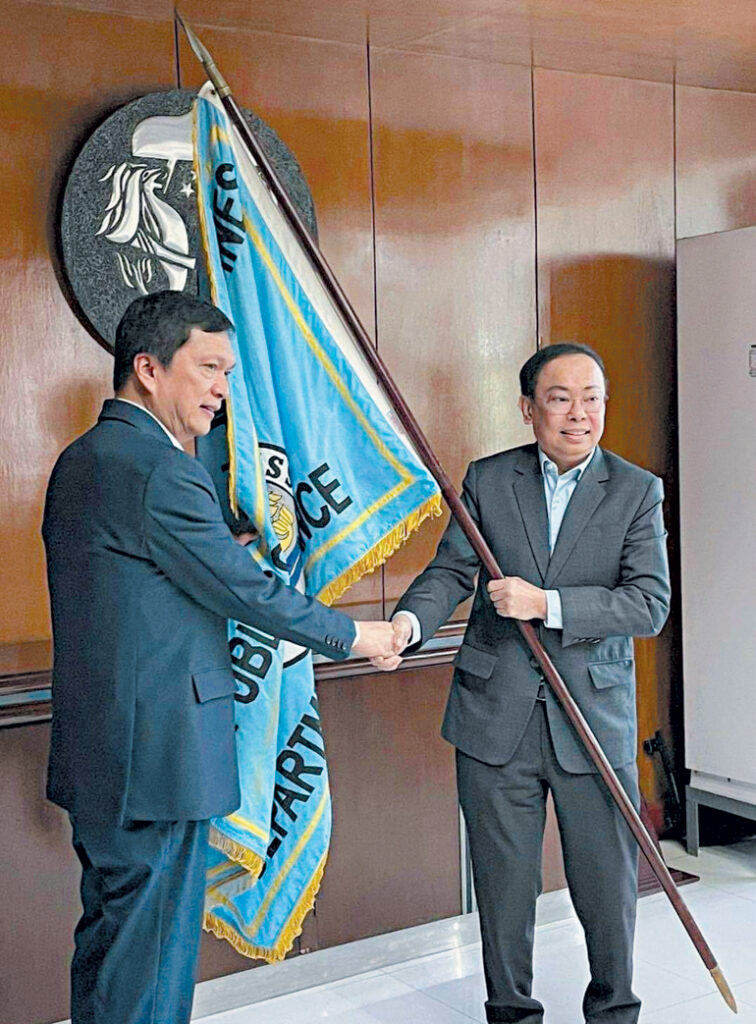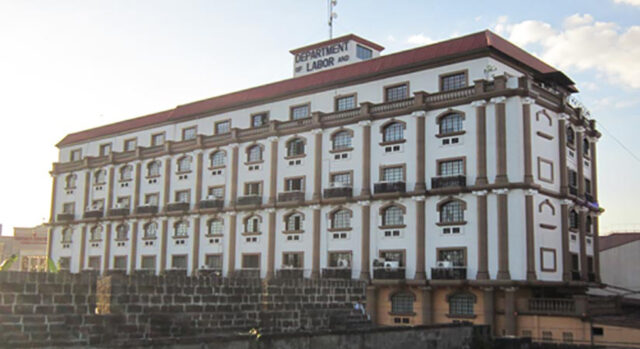Solving Philippine insurance’s current dilemma
As much as the whole of the insurance industry has been changed by the COVID-19 pandemic, it remains to be seen how significant its long-term impact will be.
Many reports have been made about the pandemic’s effects on the perspective of Filipino consumers in the Philippines and about the importance of insurance. Yet, insurance penetration remained at a remarkably low 1.68% at end-September 2023 according to data from the Insurance Commission (IC). This is even lower than the 1.81% recorded in the same period the previous year. Coupled with rising costs from claims and elevated inflation rates, the overall picture for the insurance industry in the Philippines remains cloudy.
“Elevated interest rates may not have that big an impact. However, heightened inflation will have a negative effect as it drives claims costs higher,” Philippine Insurers and Reinsurers Association, Inc. (PIRA) Executive Director and Fortune General Insurance Company President & Chief Operating Officer Michael F. Rellosa was quoted as saying in a recent BusinessWorld report. “High inflation affects our claims costs negatively. We have to watch our claims costs and keep them manageable.”
“A heightened sense of vulnerability would hopefully spur more people to insure themselves. However, if the economy is bad, then there would be less disposable income and insurance becomes less of a priority,” he added.
Low insurance penetration could also be a symptom of generally low financial literacy among Filipinos. “There’s a lot of financial literacy that we still need to work on,” Sun Life Philippines Chief Distribution Officer Al D. Quitangon said in another report. “We need to continue to educate more Filipinos on the importance of financial security.”
Mr. Quitangon said that a bigger focus should be put on the Filipino youth, as they account for a majority of the working population.
“Insurance must be communicated to the youth, so they have appreciation and understanding,” he said. “If we’re able to relate and communicate well what we do or what our services and products can do, then we can improve literacy.”
Technology could play a role in improving the situation. Some of these include e-wallet apps which can offer functionalities to access financial protection for different needs; artificial intelligence (AI) for automating the customization of policies; and blockchain for boosting security.
“AI enables us to tailor-make and customize the features of a policy for an individual. You can only do that cost effectively through technology. Blockchain also allows us to manage our policy and administration in a very cost-effective and safe way,” Singlife Philippines, Inc. Co-Founder and Executive Director Sherie Ng was quoted as saying.
Meanwhile, Philippine Life Insurance Association, Inc. (PLIA) President and Etiqa Philippines President and Chief Executive Officer Rico T. Bautista said raising the country’s insurance penetration rate will depend on the country’s economic growth.
“I am positive that the insurance industry as a whole, and specifically the life insurance industry penetration rate, will continue to maintain its current rate for [this] year as we are hoping to see improved GDP (gross domestic product) growth in the country,” Mr. Bautista said.
In addition, Islamic insurance products show potential in raising insurance penetration rate in the country, especially as it is a market which remains largely untapped.
“There is still a great opportunity to increase the insurance penetration in the country per se since this is still relatively lower compared to other Asian countries amid improved financial literacy and still huge potential for increased financial inclusion, especially in the countryside, including in Mindanao,” Rizal Commercial Banking Corp. Chief Economist Michael L. Ricafort said.
“There is potential to tap the Islamic markets with compliant products in terms of different products locally and in the international market, including Sukuk and other financial or insurance products,” Mr. Ricafort added.
Microinsurance could boost financial inclusion in the country, and the IC is considering giving incentives to new microinsurance players to help prop up the sector.
“In the Philippines, microinsurance sells itself. The only thing we have to do is to expose them to everyone. In terms of policies to boost this, we’re looking at incentives and we’re looking at the way we have been checking them. There will be less regulations for some of them if that’s possible; and just to make sure, we can help them post audited [financial statements],” Insurance Commissioner Reynaldo A. Regalado said at an industry forum.
Microinsurance MBA Association of the Philippines Chairman Emeritus Jaime Aristotle B. Alip said at the same event that lowering taxes or a tax credit scheme could encourage more insurers to go into microinsurance.
Latest data from the IC showed the microinsurance industry’s premium income rose by 19.6% to P10.16 billion as of end-September 2023, up from P8.49 billion in the same period in 2022. The number of lives insured under microinsurance policies also went up by 2.34% year on year to 56.29 million from 55 million.
While the microinsurance industry has been steadily growing in the past years, the sector still lacks major players as there are only 49 companies selling microinsurance, Mr. Regalado noted.
This could primarily be attributed to the sector being exposed to a lot of risks, which result in higher loss ratios, Mr. Rellosa of PIRA said at the same event.
According to IC data, the insurance sector saw its overall net income grow by 9.38% to P38.28 billion at end-September 2023, up from P35 billion in the same period in 2022. Life and nonlife insurance sectors saw higher premiums during this period, while mutual benefit associations (MBAs) posted increased contributions in the period.
The premium income of life insurance companies grew by 13.93% to P229.89 billion in the first nine months of 2023, with P46.57 billion coming from new business. The sector posted a net income of P28.79 billion in the period, up by 10.32% from P26.10 billion a year prior.
Meanwhile, the nonlife insurance sector’s total net premiums written rose by 15.56% to P48.21 billion at end-September. The segment’s net profit increased by 14.99% to P5.48 billion from P4.76 billion a year prior.
MBAs saw contributions rise by 7.43% to P11.494.4 billion in the first nine months of 2023. However, net earnings of MBAs declined by 3.05% to P4.01 billion from P4.14 billion a year prior due to a 32.72% rise in total underwriting expenses amounting to P9.64 billion. — Bjorn Biel M. Beltran














